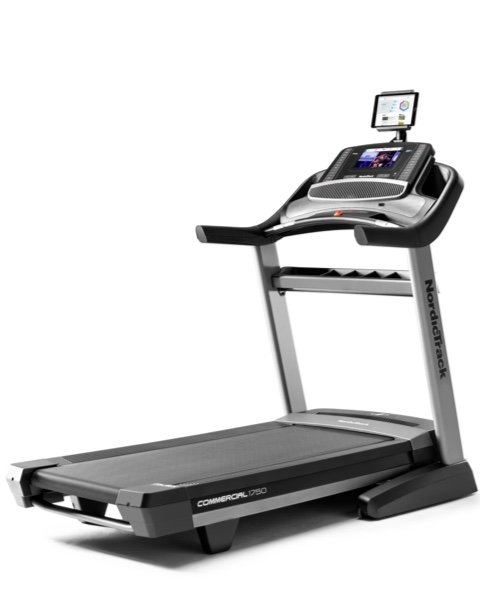Treadmill Maintenance Tips For Your Home Gym
A regular treadmill maintenance schedule could mean the different between years of reliable use of your expensive exercise equipment or - disaster.
Treadmills are too heavy to haul them into a shop for repairs and a home visit by a repairman could take weeks or even months to happen. The best way to avoid this unwanted scenario is to do a little preventive work yourself.
Doing your own maintenance is not a difficult or time-consuming task and it’s necessary if you want to protect your investment and prevent expensive treadmill repairs.
When in doubt about any type of treadmill maintenance, you should contact either your dealer or the manufacturer for details.
Otherwise, the owner’s manual that came with your machine will give you the most important information regarding the Dos and Don’ts when working on your beloved machine.
Before You Plug It In

The best preventive maintenance begins before your treadmill’s first use. First, make sure the treadmill is level - most models can make adjustments to compensate for an uneven floor.
To protect the computer and other electronic components in the console, the treadmill must be plugged in to a surge protector and/or a grounded AC outlet.
You should place your machine on a floor mat, not to protect your carpet or flooring, but to protect the treadmill motor from sucking up lint and debris when it’s powered up and producing a static charge.
Maintaining your treadmill with these two purchases together will cost less than $50 but will help extend the life of the treadmill and avoid costly repairs later.
Treadmill Care Kits and Lubricants
After a Few Weeks...
Your treadmill maintenance schedule should include checking the tension on the tread belt and adjusting it if it has stretched. A quarter turn clockwise with an Allen wrench applied to the two alignment screws at the back of the treadmill is all you need to maintain tension.
You will need to dust and clean the treadmill every week and never allow any build up of lint or anything getting near the belt.
On a Periodic Basis...

Periodic treadmill maintenance should include checking the deck and applying lubricant if needed to help reduce the heat level and friction with the belt. Like the belt, the deck must always be maintained so that it’s clean and free of dust.
The deck will likely not need lubrication for the first 500 hours of use, but you should check it every few months by lifting the sides of the belt and feeling the top of the deck.
If you feel silicone present then it doesn’t need lubrication, but if it feels dry follow the owner’s maintenance manual for application procedures.
If your maintenance manual specifically states a lube or wax is not recommended, then follow their guideline. Some treadmill decks are pretreated with wax and applying lubrication will only interfere with the wax.

You can buy an easy do-it-yourself maintenance kit for about $15. The Lube-N-Walk Treadmill Lubrication Kit includes the applicator wand and lubricant (you can select either a paraffin wax or silicon wax).
Again, check your treadmill manual first as to the recommended product to use. Just be careful not to get any silicone on the belt surface where you run. Silicone makes the belt slippery and unsafe, and it’s hard to remove!
Rather than purchase any of these products individually to maintain your treadmill, you can also buy treadmill accessories in a complete starter kit that will include everything you need.
These kits usually include items such as a large floor mat, lubrication, belt cleaner, surge protector, reading rack, manual and more.
These treadmill maintenance kits will help to extend the life of all treadmill parts and avoid expensive repairs.
UPDATE: December Treadmill Sales are on!
SEE THE BEST CURRENT DEALS HERE
Best By Price
Cheap
Under $500
$500-$1000
$1000-$2000
$2000-$3000
$3000-$4000+
Best By Type
Best Overall
Best For Walkers
Best For Runners
Best Incline
Best Folding
Best Manual
Consumer Reviews

Rave or rant about the treadmill you bought or used at the fitness center. Read reviews submitted by others.

